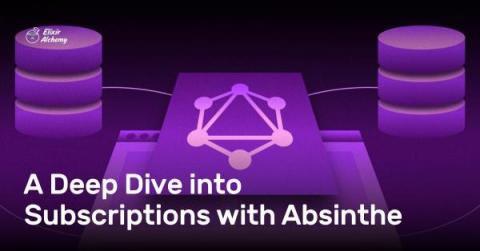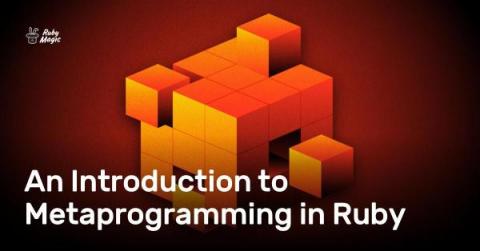Secure Your Ruby App with JSON Web Tokens
If a web application involves users, as a matter of course, their data should be protected and secured. Securing a web application can mean several things. In this post, we'll discuss a subset of web security that involves authentication using JSON Web Tokens (JWTs) and the Ruby on Rails web application framework. Let's get started!











